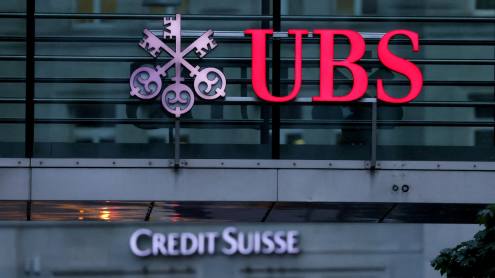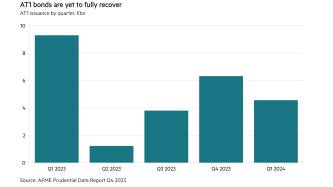When the turbulence erupted last summer, the financial world was divided between optimists (the “summer storm” camp) and pessimists (who saw the elements of complexity in the turmoil from the beginning).
But after almost a year, we have to accept that even the gloomiest among us could not foresee the sheer scale and complexity of the turmoil, in terms of the products, markets, institutions and countries affected; in terms of the range of issues raised by the events; and in terms of uncertainties regarding the potential impact on the real economy.
One of the most important topics that need urgently to be addressed is the procyclicality of the financial system, and to what extent this is exacerbated by factors such as accounting and capital regulations, the interconnection of products, markets, institutions and countries in a globalised world, and compensation schemes. Opinions on the matter are sharply divided.
One view is that the financial system is cyclical purely because the economy is cyclical. Therefore, any measure to tame it will fail. Another view is that the key issue is whether there is excess procyclicality, which damages long-term growth prospects, and which can be reduced via regulations or other measures.
The credit risk gap
Coming from the Bank of Spain, you may not be surprised if I express my support for the second view. Since 2000, the Bank of Spain, through its dynamic provisioning model, has been trying to reduce the potential procyclical bias in the lending cycle.
Although the mechanics are complex, the idea is simple: there is a gap between credit risk being taken and credit risk appearing in the profit and loss accounts of banks (that is, as loan loss provisions are set aside to cover defaulted assets or bad loans). Who can argue that today’s credit risk losses are not related to excesses coming from the boom days in the world economy?
Our dynamic provision regulations foster the accumulation by banks of provisions during good days, when credit is growing fast, so that this can be used when bad loans start to increase a few years later. To some extent, it can be viewed as a fair value correction of loan portfolios, which avoids excessive profits being distributed in boom periods. And this is done in a transparent way with clear rules, known to the market.
Co-ordinated approach
Certainly, our approach has its difficulties. You need a lot of credit risk information, covering at least one full economic cycle. We have that, due to our Credit Register. In addition, there are difficulties in accommodating this specific approach in an International Financial Reporting Standards accounting world and also within the Basel II framework. And it is extremely hard to do it on your own, with no internationally co-ordinated approach to ensure that your banks do not feel that they are at a disadvantage to their international competitors.
But, from the Spanish perspective, the bottom line is that by the end of 2007, our banks had a ratio of provisions over total assets of 1.3%, despite bad loans being at historically low levels.
Profit smoothing
To sum up, the issue of procyclicality seems a relevant factor in the current situation of financial markets and we cannot ignore it. There are ways to try to control it without reducing transparency or increasing efficiency costs. Our approach is just one way and it may not even be the best one. There are other possibilities, such as reserve valuations for complex structured products marked to model: the lower Level 2 and the Level 3, in US GAAP jargon.
But, given the current scenario, can anyone really argue that the problem with these measures is that they introduce excessive profit smoothing in our financial systems?
José María Roldán is head of banking regulation at the Bank of Spain.











